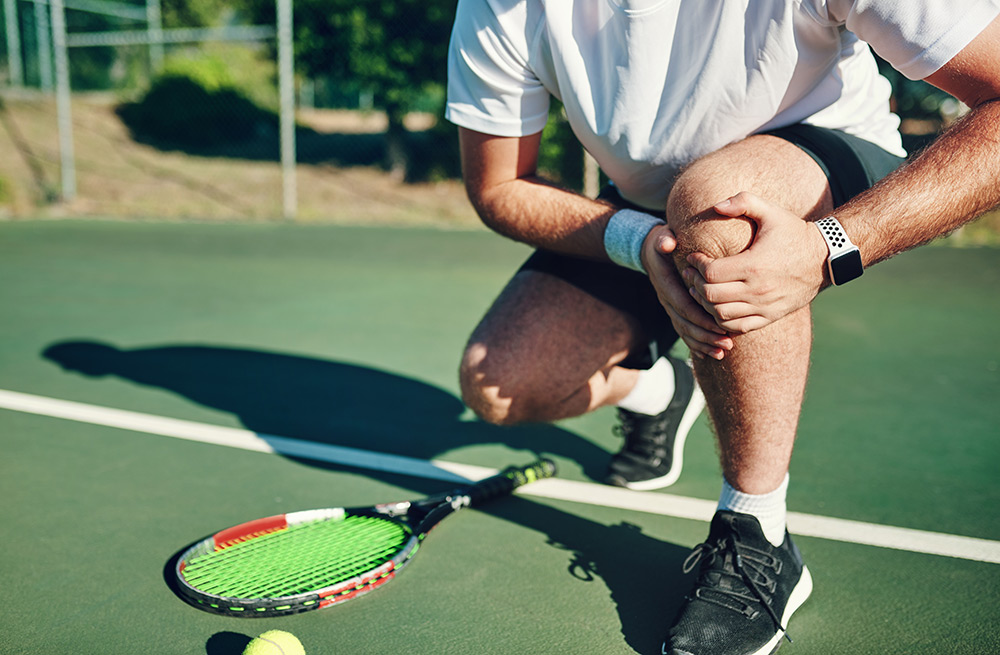“My baby’s head is flat! Is that normal?” is a question we often get from worried parents. Flat head syndrome, (positional plagiocephaly) is a flattening of the back or side of a baby’s head, altering the overall shape of their skull. The incidence of plagiocephaly is reported to be as high as 46.6% at 7 weeks to 4 months. So rest assured, you’re not alone!
Positional plagiocephaly is the result of pressure from the outside of the skull. As the bones of the skull are not fused together and the bones themselves are soft and mouldable in babies, sustained pressure on one part of the skull can lead to the shape being flattened and altered.
Babies can be born with flat heads if there is uterine constraint (less room in the uterus, for example, if there are twins). However, a restriction in the movement of the neck, tightness into the neck muscles or compression at the base of the skull can also lead to your baby favouring one side of their head when they are lying on their back to sleep or in their pram or car seat, and that too can lead to a flattening. Whilst positional plagiocephaly is not dangerous in and of itself, it’s always worth getting checked out by a doctor or an osteopath; babies with plagiocephaly may have a higher incidence of recurrent ear infections, which no-one enjoys!

If a head preference is noted early, it is possible to reduce the preference and prevent a plagiocephaly from developing. Things to look out for are:
- Your baby sleeps on only one side
- Your baby prefers to look one way and may not be able to turn its head fully to the opposite side
- Your baby feeds much better on one side
- Your baby’s head looks asymmetrical from birth, or you notice a flattening develop.
What could you do to try and help your babies head shape?
Luckily, if you notice any of the above, there are lots of things that you can do at home to help. Tummy time is super important in helping your baby to strengthen its back and shoulders and prepare them for meeting their gross motor milestones. It also reduces the amount of time that a baby spends on its back and helps to take the pressure off the back of their head. When you are with your baby, encourage them to spend as much time as they can on their front. For those babies that don’t enjoy tummy time, get down to their level so that they can see you. Make it engaging by singing, making funny noises or faces! Little and often is the best way to start tummy time, and holding your baby across your forearm or laying on your chest also counts and is a good introduction. If your baby has reflux, try not to do tummy time straight after a feed and tilt them so that they are at a slightly upright angle. The more you incorporate tummy time into their routine, the better they get at it and the more they enjoy it.
Another great tip is to make sure that everything exciting and stimulating is on the side that your baby turns away from, and make sure that you often speak to them from the side they don’t normally look to. When your baby is asleep in their cot or pram, you can also gently turn their head to the non-preferable side. They will turn it back, but the more you persevere, the more time they will spend on that side and the more even it will become.
Osteopathy for plagiocephaly
As well as these at-home exercises, there are also excellent osteopathic treatments for plagiocephaly – helping to improve the range of motion in the neck using gentle muscle and fascia stretching, and using cranial techniques to help improve tightness into the neck and head and preventing the head becoming flat. Treatment is very gentle, with babies often being noticeably very settled during and after treatment (always a welcome side effect for mums!). We’ll also be able to give you gentle stretching exercises that you can do at home, and some ongoing advice to prevent the stiffness re-occurring. If you would like to find out more, please feel free to contact us for more information.
You can find out more about our treatments for babies and children here.
This NHS site on plagiocephaly can also provide insights into the condition and treatments.






